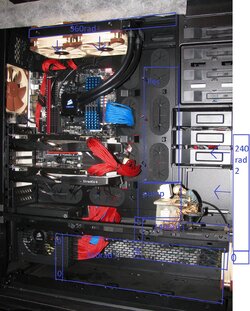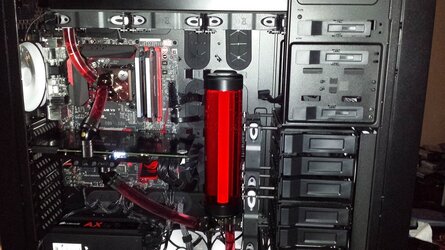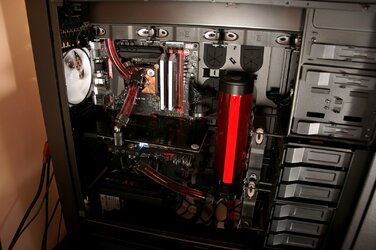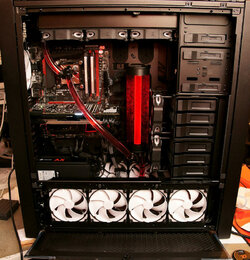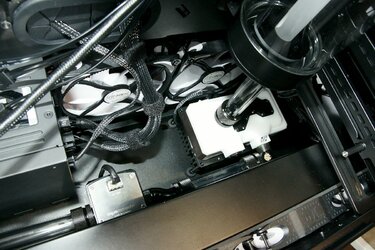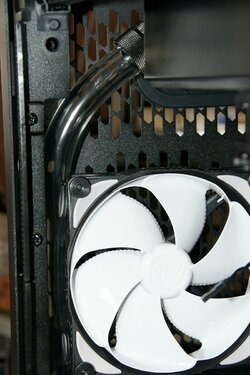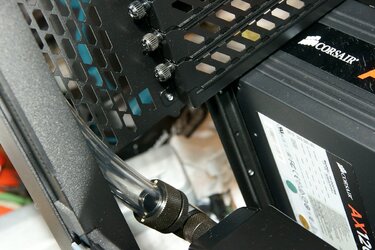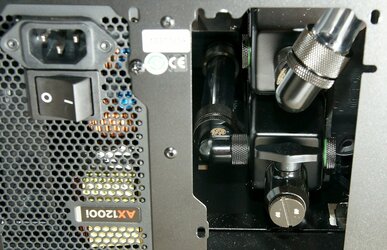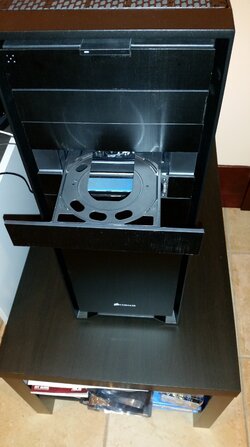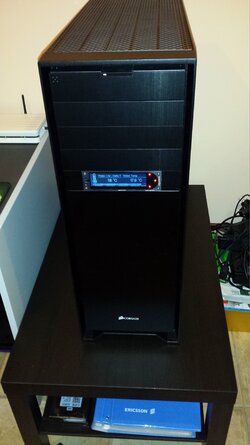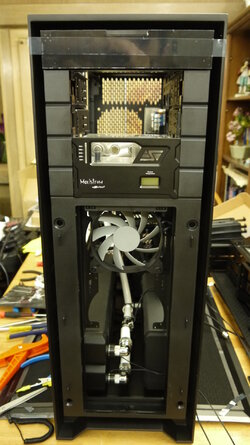I have a technical question, I don't really understand head pressure of the pumps. I guess I should ask this more plainly. I have a corsair 900d and plan on a 4 rad set up. res > pump > 360 rad > gpu x2 (parallel) > 240 rad > 360 rad > cpu > 240 rad > res. I understand it might be a bit tricky with running the hose, I thought about doing acrylic hose, but as this will be my first lets not get too carried away, ill stick with decent tubing for now. The question we've all be waiting for is how much theoretical head pressure will it take to pump sufficiently through this setup, will I need a dual pump config or set up dual loops for best performance? I have read we should have 1/2 - 1.2 gallons per minute flow is this still a good info? I am looking at a D5 variable speed pump, looks like it has good characteristics for flow in lengthy loops. All this is in the planning stages, but as this is my first I thought it be best to get your cudos on a well thought out plan or the ridicule for a complete waste of your time in reading this.
Also I have a question, I plan on using all Noctua fans for their high static pressure and having them blow into the case and that allowing the case to exhaust air though it's many openings, would this be a bad idea ( old question of or - case pressure I know, but has there been a good answer yet)? This 240 and this 360 are the rads I am thinking of using. Mainly I'm wanting these cause it will make adding drain locations easier and allow me to test temperatures in and out of the rad much easier without adding un-needed inserts into the lines and thus adding more head pressure, if im wrong in thinking this please let me know, might be complicated, but it seems pretty straight forward to me.
Here is the worst paint rendition of what I'm looking to do:

Also I have a question, I plan on using all Noctua fans for their high static pressure and having them blow into the case and that allowing the case to exhaust air though it's many openings, would this be a bad idea ( old question of or - case pressure I know, but has there been a good answer yet)? This 240 and this 360 are the rads I am thinking of using. Mainly I'm wanting these cause it will make adding drain locations easier and allow me to test temperatures in and out of the rad much easier without adding un-needed inserts into the lines and thus adding more head pressure, if im wrong in thinking this please let me know, might be complicated, but it seems pretty straight forward to me.
Here is the worst paint rendition of what I'm looking to do:
